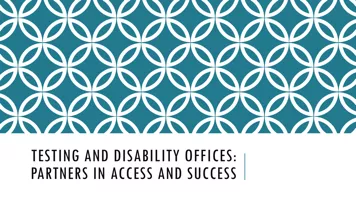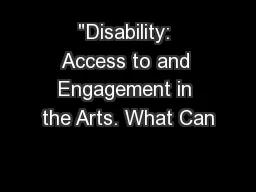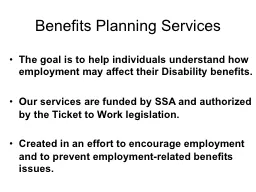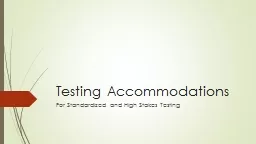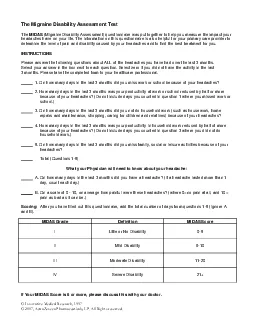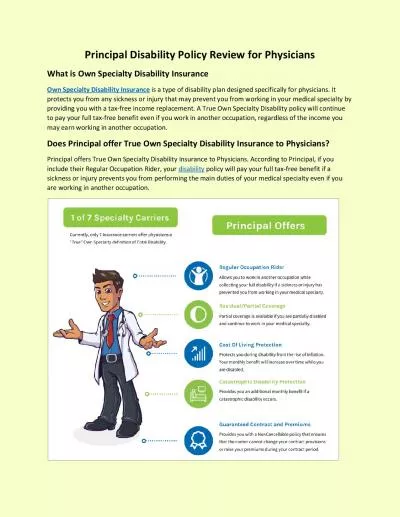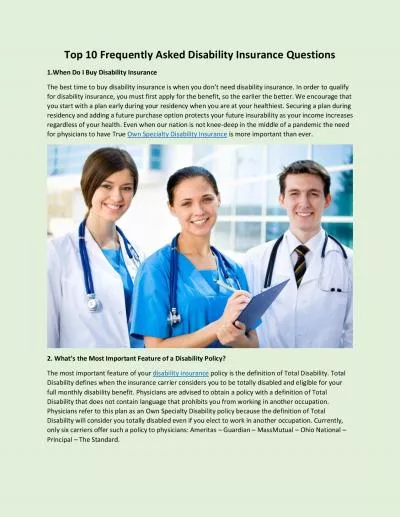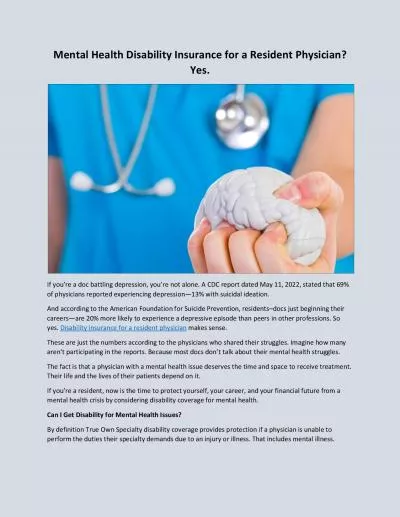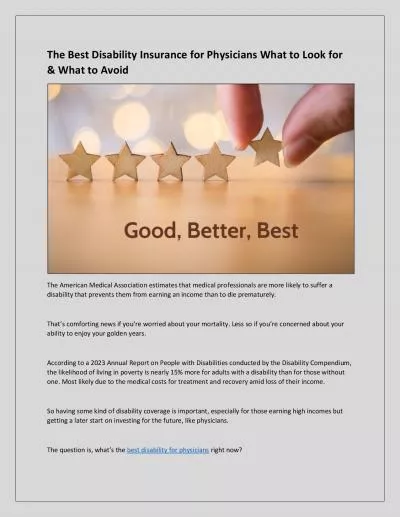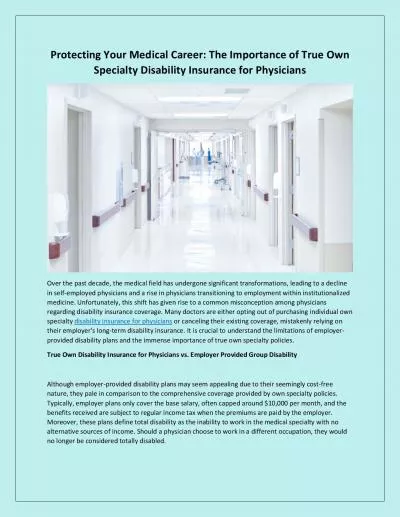PPT-Testing and disability offices: partners in access and succ
Author : alexa-scheidler | Published Date : 2016-09-07
Introductions Sara Rieder Bennett PhD Assistant Director of Testing and Licensed Psychologist Counseling amp Testing Center The University of Akron President
Presentation Embed Code
Download Presentation
Download Presentation The PPT/PDF document "Testing and disability offices: partners..." is the property of its rightful owner. Permission is granted to download and print the materials on this website for personal, non-commercial use only, and to display it on your personal computer provided you do not modify the materials and that you retain all copyright notices contained in the materials. By downloading content from our website, you accept the terms of this agreement.
Testing and disability offices: partners in access and succ: Transcript
Download Rules Of Document
"Testing and disability offices: partners in access and succ"The content belongs to its owner. You may download and print it for personal use, without modification, and keep all copyright notices. By downloading, you agree to these terms.
Related Documents

